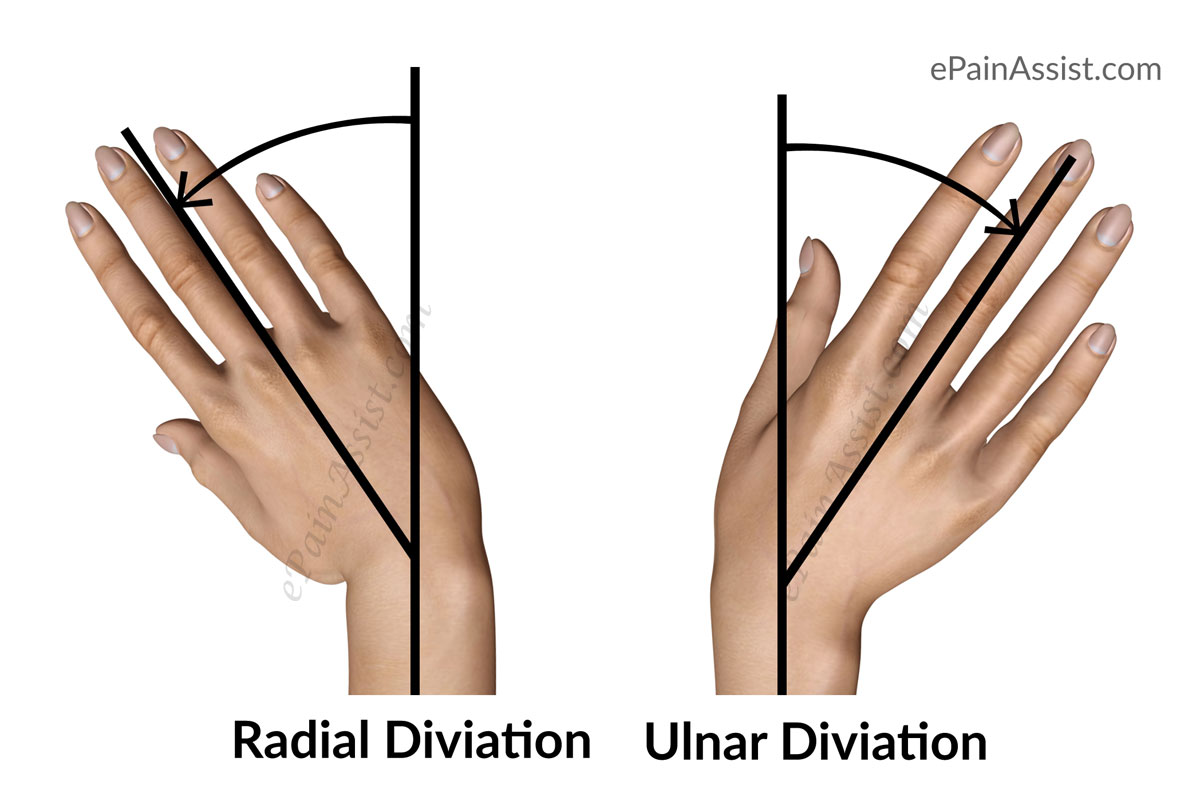Here’s a mental exercise for you:
You have a ball on a string. You are trying to whip the ball as far as possible, using the string. There are 3 different types of string you can choose:
Option #1 is a piece of yarn. Super flexible, no rigidity.
Option #2 is a piece of steel. Super rigid, no flexibility.
Option #3 is a piece off rubber. 50% rigid, 50% flexible.
What do you choose?
The bat is the ball on the end of the string. Our arms/forearms/hands, driven by the rest of the body, are the string. We are trying to whip the barrel with a mixture of speed and accuracy. So how much rigidity, and how much flexibility, should we allow?
We’ll get there. For now…
What is a Perpendicular Barrel?
Glad you asked. Take a look at this clip of Mike Trout:
Notice the relationship (angle) between his rear forearm and his bat as he accelerates the barrel.
He’s going to start at roughly a 90 degree angle, and maintain that through the majority of the clip (the angle gets a little less right at the end, as the weight of the barrel causes more lag and the angle to decrease).
A perpendicular barrel refers to the angle of the bat and the forearm. Perpendicular equals 90 degrees. 90 degrees is generally what we see the best hitters pass through on their way to accelerating the barrel. However, there’s more that goes into this equation than just being at 90 degrees.
Timing
There have been some great hitters in the past who have used ulnar deviation of the wrist as part of their loading mechanism to increase whip down and through acceleration.
Think of ulnar deviation as moving your pinkie finger closer to your wrist and radial deviation as moving your thumb closer to your wrist:
Looking back at the Trout clip from above, we see him going into radial deviation as he nears the end of barrel acceleration. The weight of his barrel working against the movement of his hands/forearms causes that lag to happen. But what if you want to increase the amount of radial deviation you are able to get during that acceleration phase?
Looking at the clip of Sheffield here we are able to see an example of what that might look like. Sheffield gets a large amount of ulnar deviation as part of his loading mechanism, before reversing that action and going into radial deviation, just like Trout, as his barrel accelerates.
We do see Sheffield get back to a perpendicular barrel, even if it might not stay there for long. The timing of this matters. Take a look at one more clip:
This is one of our remote athletes who was having trouble with his barrel/forearm relationship. In other words, correctly timing up his perpendicular barrel. He was using downward momentum of the elbow to create additional ulnar deviation, which then caused a late radial deviation. As a result, he was more inconsistent than he would’ve liked to be in barreling up baseballs.
While we did see Sheffield use ulnar deviation as well, he did it in a slightly different way. Sheffield got back to a perpendicular forearm and barrel by the time he began accelerating. It wasn’t created by a lag between the elbow and wrist, as we saw with the athlete above.
Practical Applications
The perpendicular barrel is not something you want to consciously try to control. It happens DURING your acceleration, which should be a quick and violent part of your swing. Any conscious control of this action will not be beneficial for you.
We have used several drills to work on this issue, including the one below:
When applied to our remote athlete above, he came back a week or so later reporting he’d hit a HR in inner-squads, as well as an oppo ball off the wall, which he had never done before. Will it work that well for everybody? No. But it’s a start.
Going back to our original analogy, we want there to be enough “give” in our wrist and forearm to create some lag, but not so much that it gets out of control and is difficult to deliver accurately. And just as importantly, we don’t want there to be zero give, which doesn’t allow us to create the type of lag that we want. This is why looking at the ulnar and radial deviation range of motion in a hitters assessment is vital. If they don’t have that range available. they will struggle to create the angles we want, no matter what drill we give them or what cue we try to use.
So I’d encourage you to do a couple things:
- Assess: Check your ulnar and radial deviation range of motion (ROM). Do you have enough to execute what your swing is asking of it?
- Video: Get some video from behind. How is the relationship between your forearm and barrel? Do you get to perpendicular barrel in time? Does that relationship allow you to create lag on time and in a way that allows you to consistently deliver maximal barrel speed?
- Intervene: Once you’ve assessed your wrist ROM and gotten video, you should have a pretty good idea of what’s causing the issue. If it’s a physical issue where your wrist doesn’t have the ability to get the range you need, address that first. If your ROM is “normal”, but your timing is off, go to work on that. Give the drill above a try. Pre-setting the desired angle, and super-setting that with your normal swing, can work as well. Find a way to improve that relationship without consciously changing your acceleration process.
I see a fair amount of athletes that have this issue and I hope this helps clear up what the cause may be and how to address it.
If you have additional questions or comments I’d love to hear them! I can be reached via email at brady@dacbaseball.com.
Stay Hungry.
Brady

